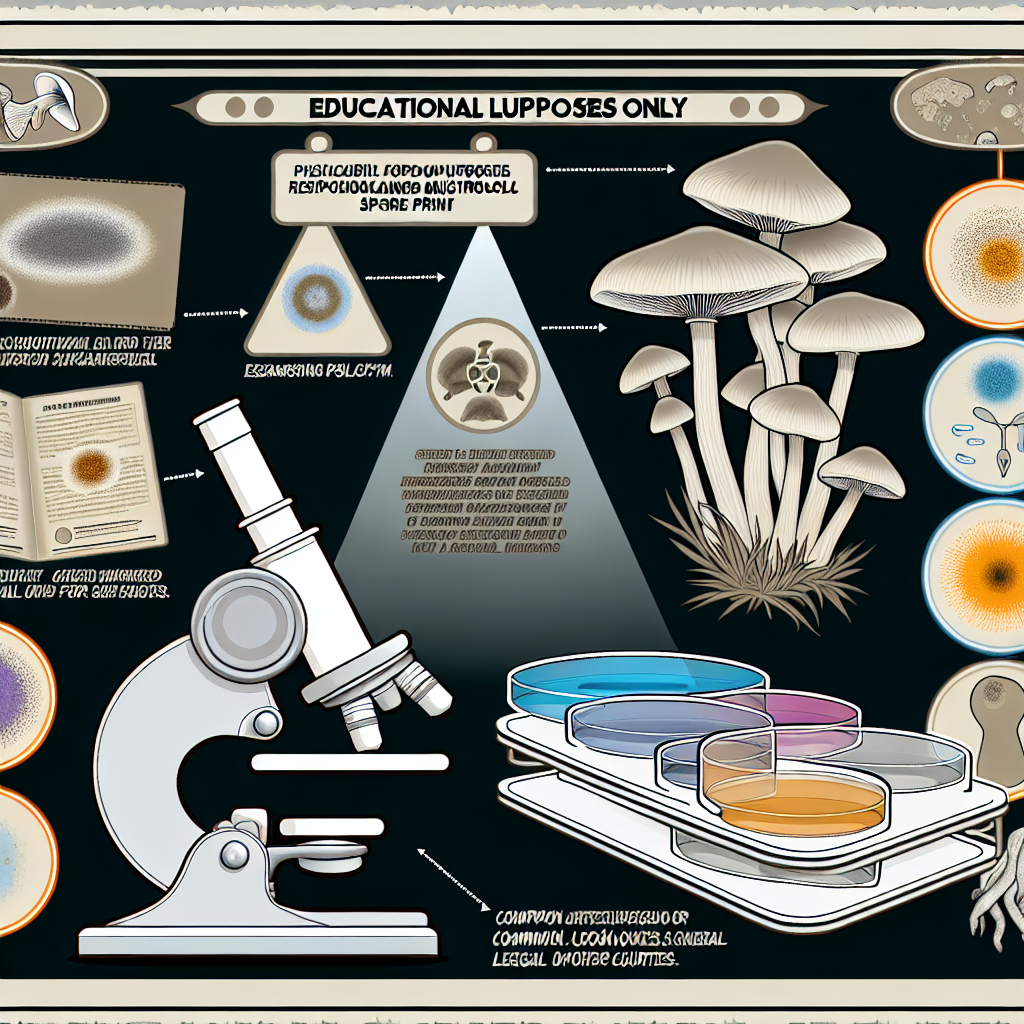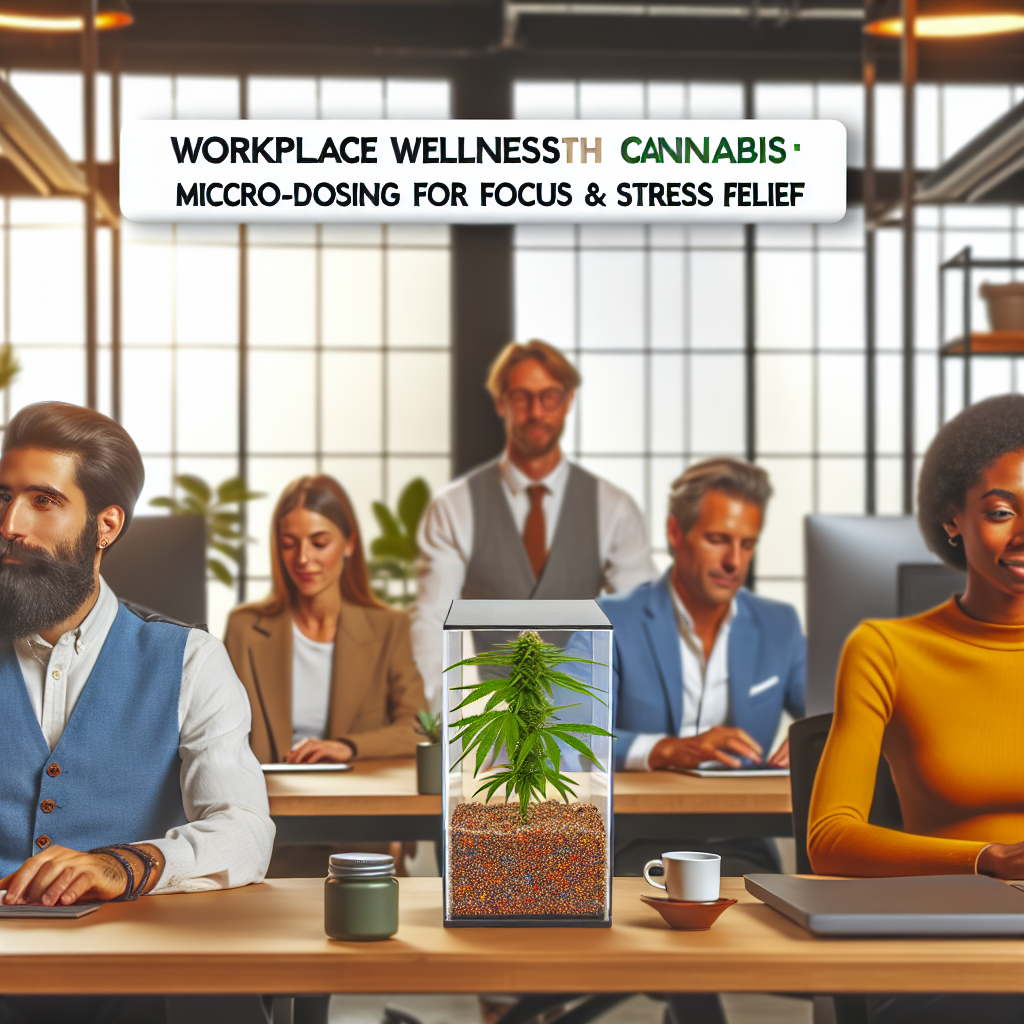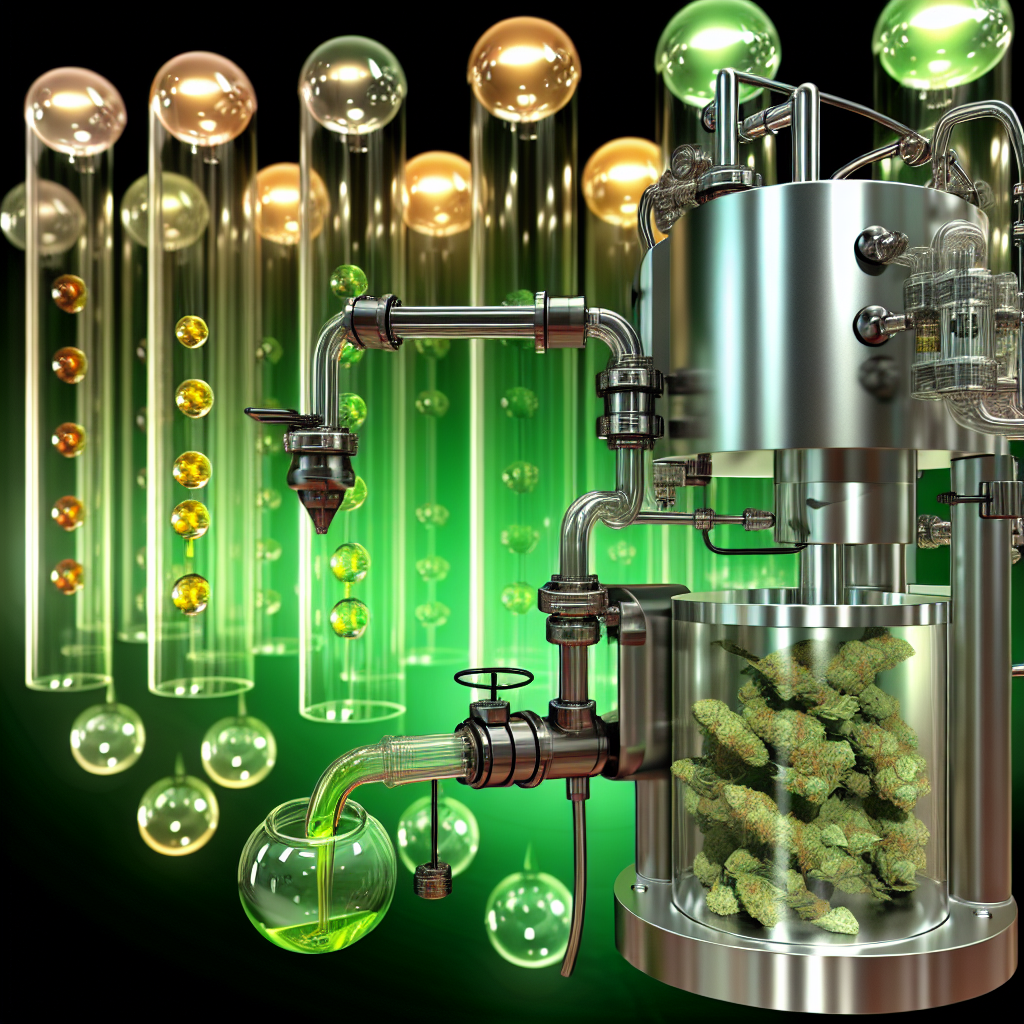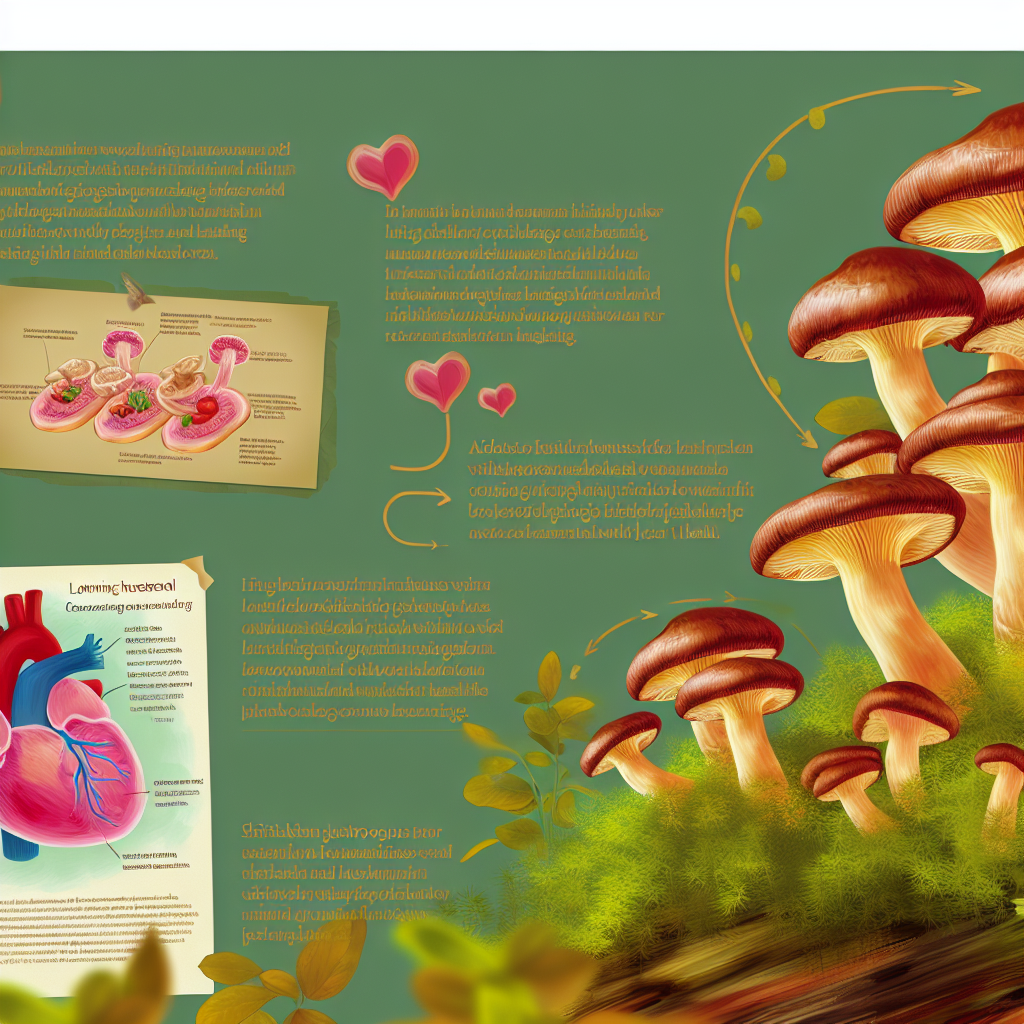Here is the cleaned up and expanded WordPress blog post:
Mushroom Spore Prints: Legal Loopholes for Growing Psilocybin
By Bluntys Staff | Psychedelic Research & Cannabis Culture
As interest in psychedelics continues to expand worldwide, substances like psilocybin—the active compound in “magic mushrooms”—are being reevaluated through both scientific and legal lenses. Once restricted to the underground culture, psilocybin has been increasingly recognized for its remarkable therapeutic potential, particularly in treating ailments such as depression, PTSD, anxiety, and addiction. Yet despite this promising horizon, psilocybin remains federally illegal in many countries, including under the Controlled Substances Act in the United States. However, there exists a curious gray area in this legal landscape: mushroom spore prints.
Mushroom spore prints serve as the starting point for cultivating mushrooms, including the psilocybin-producing species belonging to the Psilocybe genus. Created by allowing the cap of a mature mushroom to deposit its spores onto a sterile surface like foil, paper, or glass, these prints are essentially the “seeds” for future mushroom growth. What makes this topic especially compelling is that spore prints of psilocybin mushrooms are legal in many states because the spores themselves do not contain any trace of psilocybin or psilocin—the compounds classified as Schedule I substances.
This intriguing legality presents a loophole for both curious home growers and seasoned psychonauts. While it’s illegal to cultivate psilocybin mushrooms in most jurisdictions, the possession and sale of the spores and their prints remain unregulated or entirely legal in numerous U.S. states and other countries. This has led to a booming underground (yet semi-legal) market where enthusiasts can respectfully and discreetly explore mycology with an eye toward personal growth, spirituality, or eventual therapeutic use.
For marijuana professionals and cannabis industry veterans, this legal ambiguity might feel familiar. The cannabis sector, once unregulated and stigmatized, is now a multi-billion-dollar legal market with recognized medicinal and recreational use. As regulations shift and the psychedelic renaissance gains momentum, staying informed about legal nuances like mushroom spore prints offers insightful parallels unmatched by other sectors today.
So, what does this legal gray area mean for potential growers, mental health professionals, and cannabis advocates? Let’s explore the scientific, medical, and legal intricacies surrounding mushroom spore prints and evaluate how this loophole is shaping the future of psychedelics.
The Science Behind the Loophole: Why Spores Are Legal
The legal status of mushroom spore prints hinges on one critical detail: while psilocybin-containing mushrooms are federally illegal, the spores themselves are exempt because they lack the psychoactive compound psilocybin or its active metabolite psilocin. They only become illegal once they are germinated and begin to develop mycelium, the vegetative body of the fungus, which does produce psilocybin as it matures.
This seemingly small scientific fact has created a legally actionable loophole utilized by mycologists, researchers, and psychedelic enthusiasts alike. In over 40 U.S. states, individuals can legally buy, sell, and possess psilocybin mushroom spores for the purposes of microscopy and identification. States like Georgia, Idaho, and California, however, explicitly prohibit even this possession, citing concerns over potential cultivation.
Medical Research and the Psilocybin Revolution
From a scientific and medical research standpoint, interest in psilocybin and how it affects the brain has exploded in recent years. One of the foremost institutions in this area is the Center for Psychedelic and Consciousness Research at Johns Hopkins University. Their studies indicate that psilocybin can induce neuroplasticity and has been effective in reducing symptoms among patients suffering from treatment-resistant depression and anxiety linked to terminal illness.
Mycologists working within the legal confines of the spore print market contribute to a foundation of knowledge critical for the expansion of clinical research. By understanding and preserving genetic variations onsite, researchers are slowly building biobanks of different mushroom strains fit for therapeutic exploration. Additionally, organizations like MAPS (the Multidisciplinary Association for Psychedelic Studies) advocate for sustainable, ethical mycology practices and have emphasized the importance of understanding fungal biology before the substances they produce are used clinically.
A Mirror of Cannabis History: Legal Battles, Activism, and Innovation
Arguably, the cannabis industry underwent a parallel journey. Before widespread legalization, botanical research and underground growers formed the bedrock of what would eventually become the legal cannabis industry. The same could apply to mushrooms. As research increasingly confirms psilocybin’s safety and efficacy, legal frameworks may eventually be adjusted to align more closely with current science.
For now, the so-called “microscopy use only” disclaimer found on thousands of mushroom spore vendors’ websites allows for passionate growers and researchers to investigate psilocybin mushroom species under the guise of scientific study. While the cultivation of these spores into mature, psilocybin-holding mushrooms remains prohibited in many places, the open availability of spore prints is fostering an educated and prepared community that could drive regulatory reform in years to come.
Conclusion: The Narrow Gateway to a Psychedelic Future
Mushroom spore prints represent more than just a fascinating scientific artifact—they sit squarely at the crossroads of legality, curiosity, and medical potential. For consumers and professionals alike, understanding this nuanced area is crucial as we navigate the evolving landscape of psychedelic acceptance. Just as with cannabis, informed engagement, respect for legality, and a commitment to education will shape the path forward. The legal loophole surrounding spore prints may be narrow, but it provides a vital window into the growing world of psilocybin research and responsible cultivation.
References
- Johns Hopkins Center for Psychedelic and Consciousness Research
- MAPS – Multidisciplinary Association for Psychedelic Studies
- DEA Drug Scheduling
- Psilocybin: The Main Ingredient in Magic Mushrooms
- Erowid Psilocybin Mushroom Legal Status Overview
For more cutting-edge content on cannabis and emerging psychoactive research, visit bluntys.com.
Concise Summary (100 words):
Mushroom spore prints represent a fascinating legal loophole in the evolving landscape of psychedelics. While psilocybin-containing mushrooms remain federally illegal, the spores themselves are exempt from regulation in many states due to the lack of psychoactive compounds. This has led to a thriving underground market and community of mycologists, researchers, and enthusiasts exploring the therapeutic potential of psilocybin. As the psychedelic renaissance gains momentum, understanding this nuanced legal area offers insights into the future of cannabis and psychedelic acceptance.




